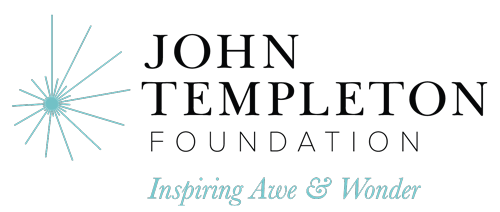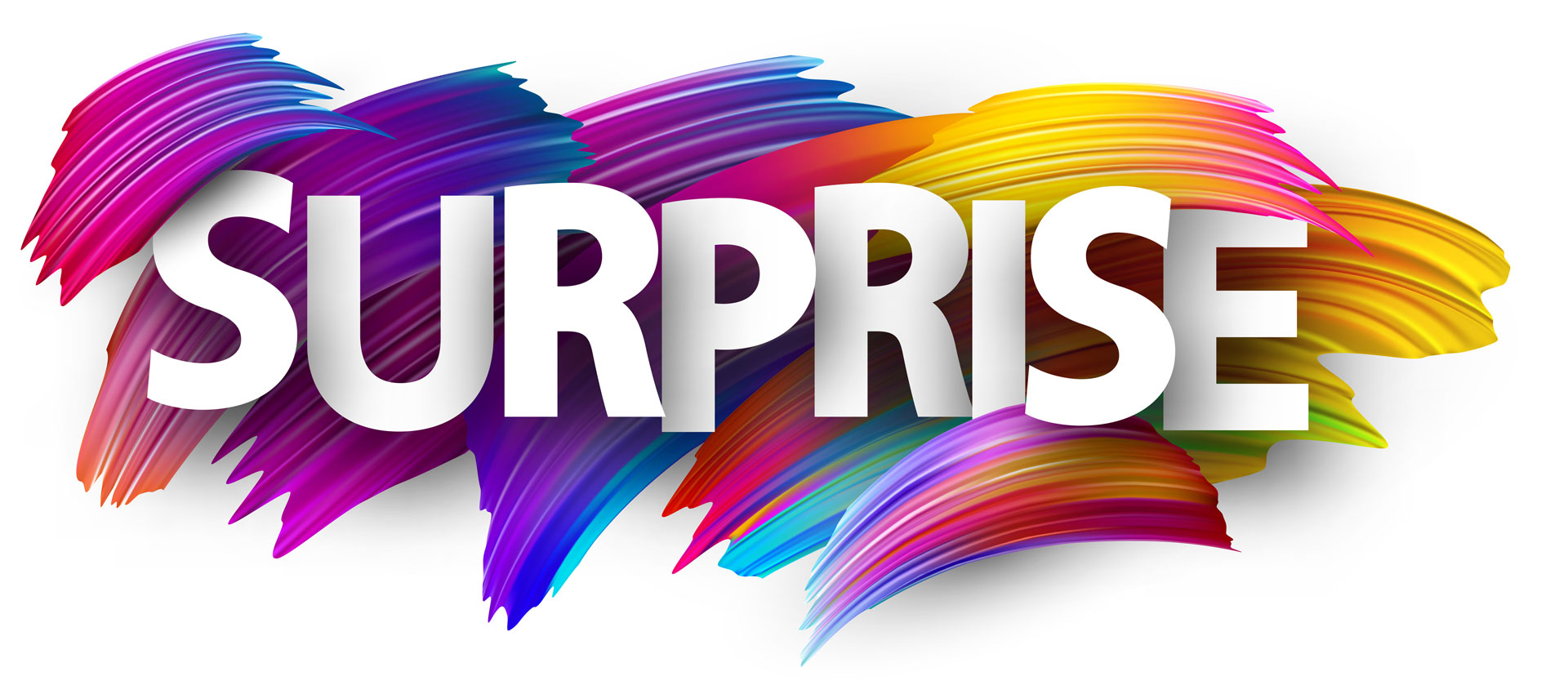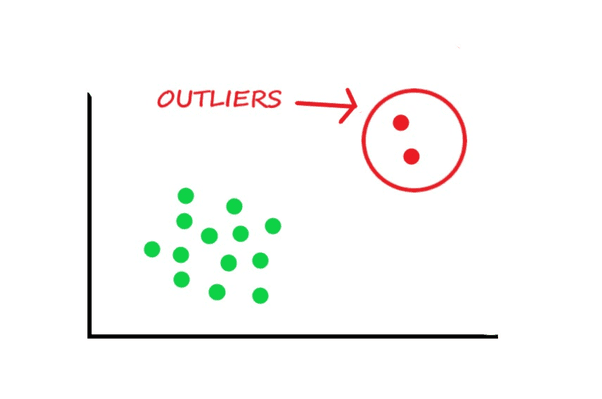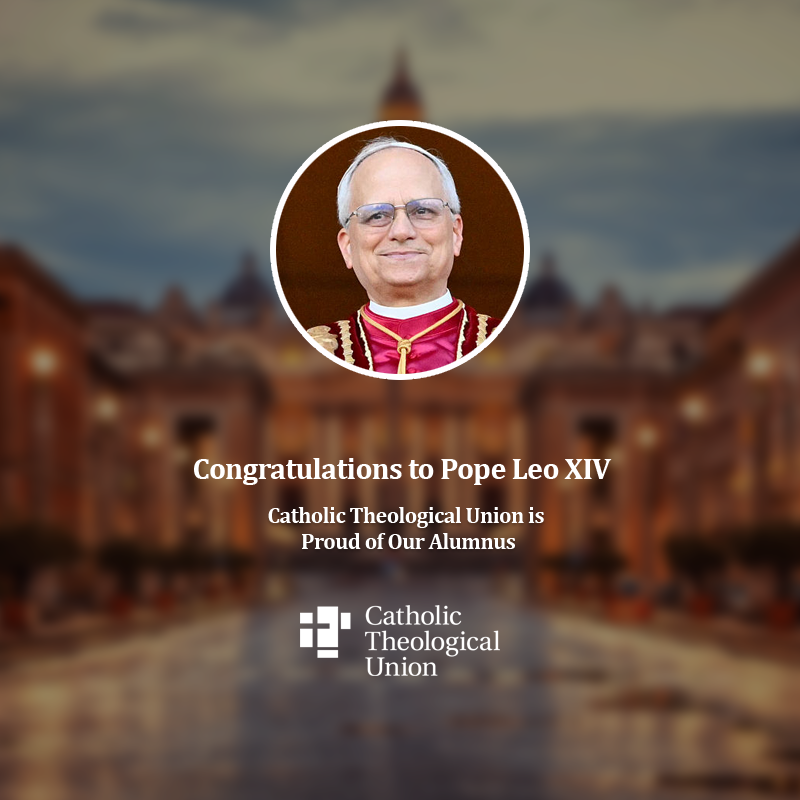Possible Preaching Themes
Possible Scientific Resources
- The Messiah as one who is humble and brings peace (linking 1st & Gospel readings)
- The invitation to biblical “rest” (sabbath rest connected with peace and restoration vs. current cultural understanding of pleasure or sleep)
- The invitation to submit to Christ’s yoke as a way of life
- The training of draft animals / science of yoking
- How did draft animals (donkeys/asses, oxen, horses) emerge and why? https://factsanddetails.com/world/cat56/sub404/entry-6155.html
- What specifically are oxen and how are they trained? https://www.youtube.com/watch?v=FLeF6XMlvnc and https://www.youtube.com/watch?v=Uo-LAEOnwos
- What is a yoke and how is it fashioned? https://www.youtube.com/watch?v=jeLsV4zpIuI
- Methods for introducing the yoke: https://www.youtube.com/watch?v=dID6DjL5vJ4
- Understandings of “rest” and “peace” in the primate world
- For bibliography of multiple articles about what peacemaking and reconciliation look like among primates, see Marina Cords’ website under “research” at: http://www.columbia.edu/~mc51/
- See also Frans de Waal, Peacemaking among Primates (Harvard University Press, 1990) or synopsis available at: https://www.ncbi.nlm.nih.gov/pmc/articles/PMC387271/
Homily Outline Combining Resources
Homily outline based on third theme of submitting to Christ’s yoke:
- Introduction: For many of us, yokes are no longer part of everyday life. We might even have a hard time visualizing one with any detail. But for most of human civilization, that would not be the case. Indeed, civilization would likely not have existed without yokes.
- The rise and importance of yokes in ancient world
- Cattle began to be domesticated around 8,000 BCE as a food source
- Around 4,000 BCE came the realization that cattle could help in the tasks of clearing land, tilling soil, and transporting harvests if they could be “yoked.”
- Yokes are wooden beams ordinarily fitted across the necks of two cattle that allow them to pull together a heavy load. Enabled us to farm and trade in ways we never could have before. Transformed “cattle” into “oxen.” There are no oxen without yokes. The two take their meaning from one another. Called a “yoke” of oxen.
- From early on, calves (usually male) are trained to listen to voice of the “teamster” and follow simple directions. They are paired with another young steer they can work well with. They are castrated to make them more docile and slowly introduced to working with one another under the yoke until they are four years old, at which point they are mature enough to work as oxen following their teamster’s instructions.
- The symbolism of the yoke in ancient times
- The yoke naturally became a symbol in ancient civilizations of subjugation.
- When Rome, for example, conquered an enemy army, they would force the vanquished unit to pass beneath a “yoke” of spears to humiliate them and indicate that they were now in a state of servitude to the empire.
- The symbolism of the yoke in Judaism
- Jesus’ own people often used the image of the yoke to describe the oppression and heavy taxation they experienced under foreign nations (e.g., Deut 28:48).
- The prophet Jeremiah walked around Jerusalem wearing a yoke around his neck as a sign of the peoples’ impending subjugation to the Babylonians before the Exile.
- In the time after the Exile, Jewish sages and teachers engage the image of the yoke in another way. They begin to speak of the Torah as a yoke—basically the way of life indicated in the Torah as an alternative to a life of oppression.
- Youth were encouraged to seek Wisdom with the words, “Put your neck under her yoke and let your souls receive instruction…See with your own eyes that I have labored but little and found for myself much serenity.” (Sir 51:23-27)
- In the time immediately after Jesus, an early rabbinical commentary states, “Whoever takes upon himself the yoke of Torah, they remove from him the yoke of government and the yoke of world concerns.” (Pirkei Avot 3:5)
- As such, the “yoke” ironically becomes an image of a new kind of freedom.
- Connection to Gospel
- It is difficult to know exactly what Jesus means in his use of the image of the yoke.
- Possibly, in his own time, he is urging his people to recommit themselves to the Torah as their yoke rather than bow to Roman rule.
- Possibly he has found that the way the Torah is being interpreted has become oppressive to the people, i.e., that the Pharisee’s rigid interpretation of God’s law was too heavy a “yoke” for the “little ones” who held a claim on Jesus’ heart. Jesus sees his own interpretation or teaching of the Torah as gentler, kinder, better suited for their lives.
- It is difficult to know exactly what Jesus means in his use of the image of the yoke.
- Implications for today:
- How do we hear Jesus’ invitation?
- Perhaps there is some resistance in us: We do not like to think of ourselves as beasts of burden and rebel against any notion of following another’s commands, or even the idea that our lives are somehow bound to others. And surely every metaphor can only be taken so far.
- But what of this image remains attractive and worthy in our own time?
- Perhaps it is freeing to realize that I don’t have to do everything myself and figure out everything on my own. I am a collaborator in a project that is bigger than me and can harness my energies to pull in a direction with others to do work I couldn’t do alone.
- Perhaps it is freeing to acknowledge that living according to Jesus’ teaching / Wisdom’s yoke is the best kind of life that one could imagine. There’s a discipline involved, but it’s a good life, a restful life, a peaceful life—and we are initiated to this life by the gentlest of teachers.
- How can we see this image still today as an invitation to a new kind of freedom and collaboration?
Related Homily Outlines
Couldn’t find what you’re looking for?
Try searching with another filter

Preaching with Sciences

Edward Foley, Capuchin
Duns Scotus Professor Emeritus of Spirituality
Professor of Liturgy and Music (retired)
Catholic Theological Union
Vice-Postulator, Cause of Blessed Solanus










